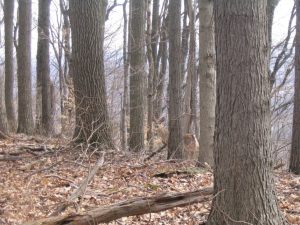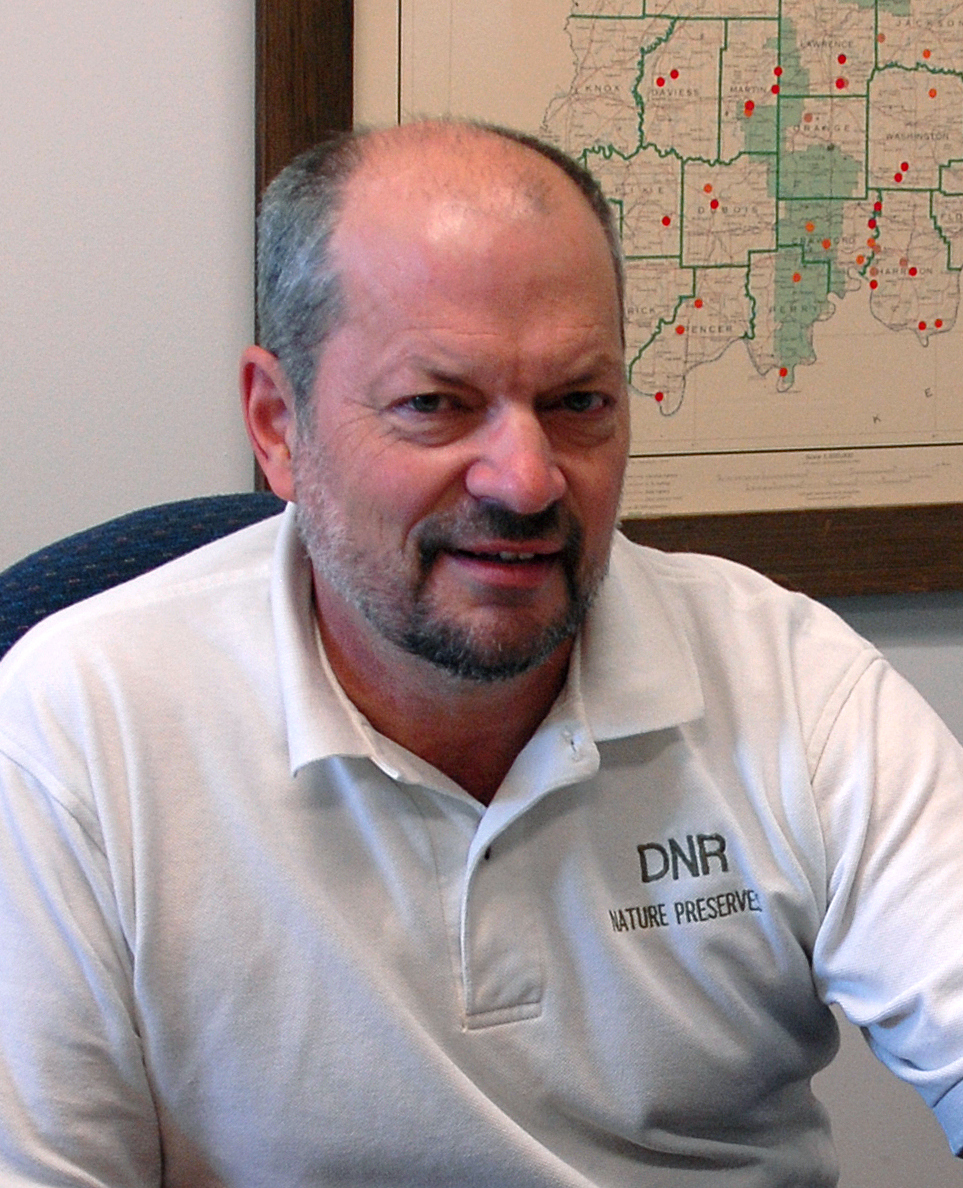Final in a series by board member John Bacone
Note: A version of this series appeared in the Indiana Parks Alliance newsletter and the Indiana Native Plant Society Journal.
Savannas, which are natural communities comprised of widely spaced oak trees in a matrix of prairie forbs, once were common in Indiana, especially in the northwest part of the state. Excellent examples of these fire-dependent communities have been protected at Stoutsburg Savanna and Tefft Savanna Nature Preserves in Jasper County and Conrad Station Nature Preserve in Newton County.
Hoosier Prairie Nature Preserve in Lake County contains a complex of savanna, prairie, marsh, and sedge meadow. These savannas all occur on sandy soils and are dominated by black oak.
McCloskey Savanna, also in Lake County, contains a less common type, occurring on loamy soil and dominated by burr oak.
Prairies occurred in Indiana primarily in the northwest, but scattered prairies occurred throughout much of the state. Black soil prairies once covered millions of acres of northwest Indiana. These loamy soils were very productive for growing row crops, and most have long since been converted to farmland.
Fortunately, a few remnants have been protected, affording us a chance to see how biologically rich these prairies were. Cressmoor Prairie in Lake County (Heinze) allows visitors to hike a trail through the prairie. German Methodist Cemetery Prairie, also in Lake County, is Indiana’s smallest nature preserve. It protects one acre of high-quality prairie, and visitors can observe it from outside of a fence.
Sand prairies were less desirable for farming, and some fairly large examples have been protected. Some sand prairie nature preserves include:
- Dunes Prairie, Porter County
- Hoosier Prairie, Lake County
- Beaver Lake Prairie, Newton County
- Kankakee Sands prairie restoration in Newton County
The “southern cousins” of prairies are called “glades” and “barrens.” These are natural openings in southern Indiana’s forests. They occur on thin soils, and usually on south and southwest-facing slopes. These openings contain many of the prairie plants found in the northern Indiana prairies, but also contain other species restricted to southern Indiana.
Excellent examples of large natural areas containing limestone glades and barrens can be found at Mosquito Creek Nature Preserve in Harrison County.
Siltstone glades can be found at Knobstone Glades Nature Preserve in Jackson-Washington State Forest and Brock-Sampson Nature Preserve in Floyd County.

NICHES Land Trust owns and manages sand barrens at Granville Barrens Nature Preserve in Tippecanoe County.
That concludes our “virtual tour” highlighting Indiana’s nature preserves. Note that many of the 300 nature preserves are open to the public, but some are not. Folks interested in visiting them are encouraged to visit the Division of Nature Preserves web site to learn about access and other regulations. Some preserves are not yet open due to inadequate parking or access. Some are not open due to ecological fragility. Some areas are open to hunting, so be sure to take safety precautions.
In all cases, it should be noted that the acquisition and protection of these areas was just the beginning of the story. All natural areas require some type of management. Invasive species, encroachments, climate change, and the need for prescribed fire will need to be addressed going forward.
While these areas have been protected “in perpetuity,” the need for constant stewardship must also continue in perpetuity. As Rachel Carson said, “Conservation is a cause that has no end. There is no point at which we can say our work is finished.”
We all owe our thanks to the many organizations and to their staffers who work hard at keeping Indiana’s natural diversity intact for future generations.

John Bacone
Secretary